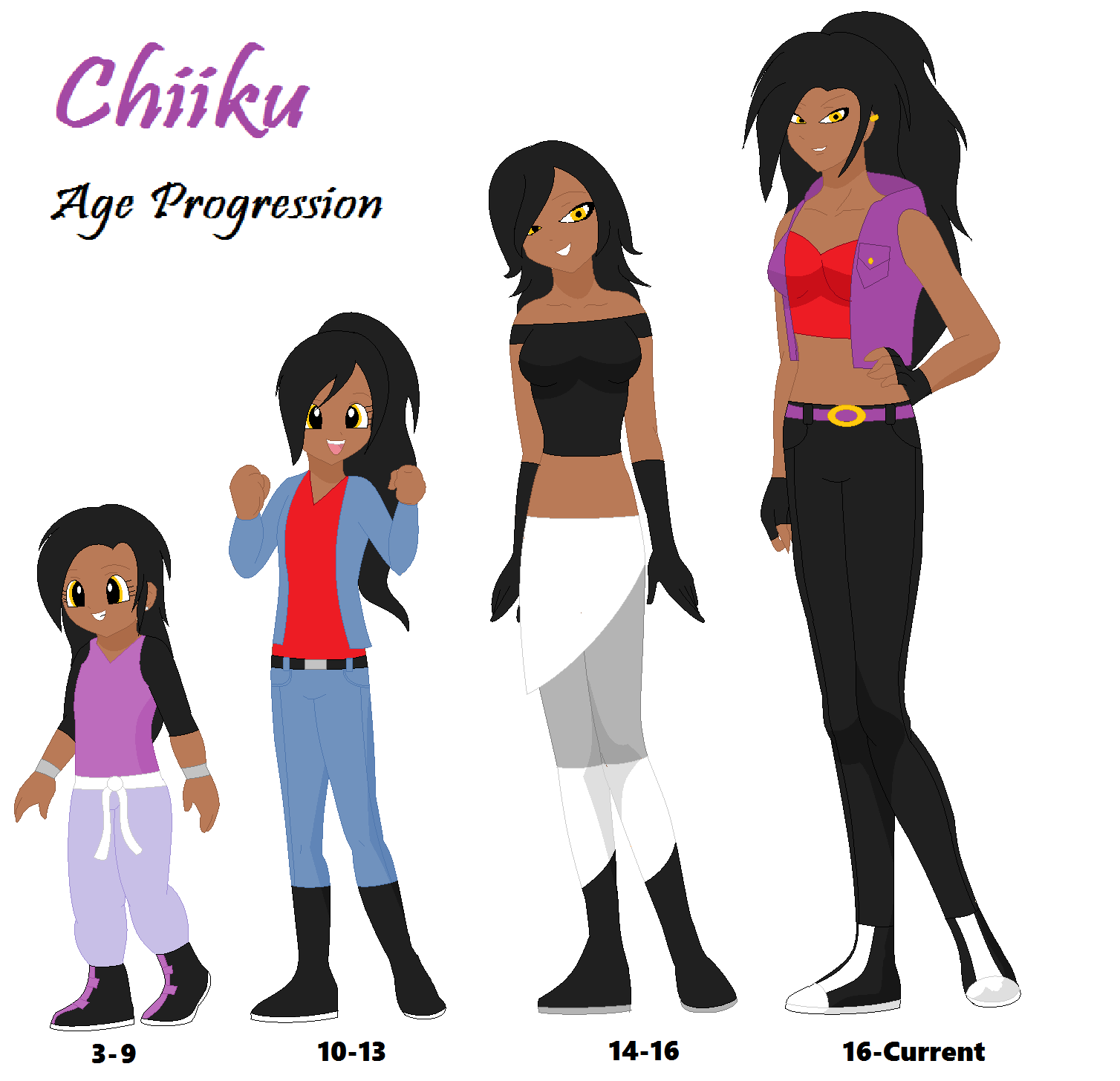PIVI and co bring you another best age progression app Android/ iPhone 2021, and it is a face aging machine for your Android smartphone. This app will tell you how you will look when you are in your old age. It will also tell your old face of your friends. This app is straightforward to use and is a fantastic aging machine. The two main age progression categories are child into adult and adult into old age. Combining the two categories is also possible, as a child may become an adult, and then continue to old age. In motion pictures, there are movies in which children physically become adults such as Big, 13 Going on 30. Transformation ageregression ap tf ageprogression tg age breastexpansion progression comic. Lillie transform into Lusamine Animation. Lana transform into her mother. 1.7K Favourites. Note: Some of the age progression apps I’ve covered above use AI technology to make you look older. Others use an algorithm that adds blemishes, wrinkles, etc to your face (in the image). Others use an algorithm that adds blemishes, wrinkles, etc to your face (in the image).
Overview of the (fictional) age progression of Bruce Lee, a famous Asian actor.
Applications
Key features

Interactive inputs
You will get to decide how should Bruce looks when he was young or when he would have got older. It's all up to your creativity to morphing the images.
Two blending modes

There's two blending modes you can choose from: shape or color. The shape blending control the facial structure of the morphing images. The color blending controls the skin and hair texture.
Real-time simulation
The program would render your input in realtime. I manage to do so via a fast image morphoing algorithm.

Exportable results
You got to show your result image by printing it. Now go and get on with it!
Downloads
PDF file explaining the method
Age Progression ZIP file
Age Progressionist
MCRInstaller v.7.8 (for non-MATLAB user)
Age Progression
- Wikipedia. ' Age Progression. 'Article on September 2007. Retrieved December 04, 2009
- Arivazhagan, S.; Mumtaj, J.; Ganesan, L. 'Non holonomic' 'Face Recognition Using Multi-Resolution Transform,' Conference on Computational Intelligence and Multimedia Applications, 2007. International Conference on , vol.2, no., pp.301-305, 13-15 Dec. 2007}
- Lee D. T., Schachter, B. J,. 'Two algorithms for constructing a Delaunay triangulation,' International Journal of Parallel Programming, Journal on, vol.9, issue 3, pp.219-242, 01 Jun 1980}
- Dyn, N. ; Levin, D.; and Rippa, S.Data Dependent Triangulations for Piecewise Linear Interpolation IMA J Numer Anal 10: 137-154.}
- Trajkovic, M.; Hedley M.; Fast corner detection, Image and Vision Computing, Volume 16, Issue 2, 20 February 1998, Pages 75-87, ISSN 0262-8856, DOI: 10.1016/S0262-8856(97)00056-5